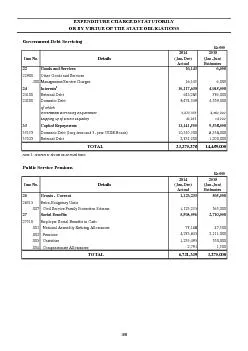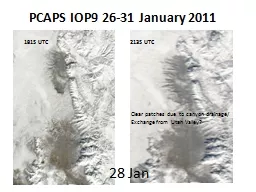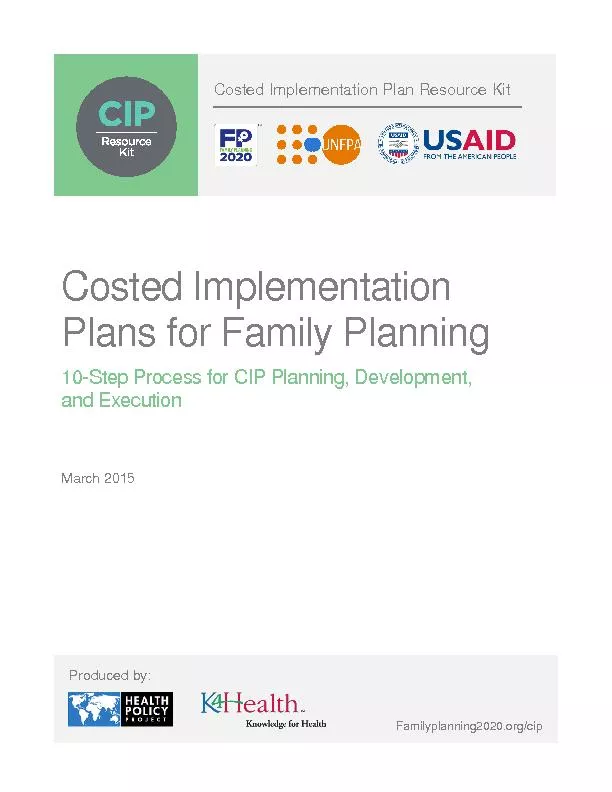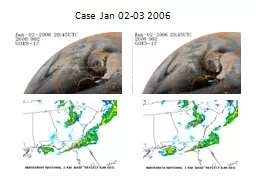PPT-Jan Balewski , Wahid Bhimji
Author : loaiatdog | Published Date : 2020-08-27
Shane Cannon Lisa Gerhardt Rei Lee Mustafa Mustafa and others NERSC Berkeley Lab LBNL Enabling production HEP workflows on Supercomputers at NERSC CHEP
Presentation Embed Code
Download Presentation
Download Presentation The PPT/PDF document "Jan Balewski , Wahid Bhimji" is the property of its rightful owner. Permission is granted to download and print the materials on this website for personal, non-commercial use only, and to display it on your personal computer provided you do not modify the materials and that you retain all copyright notices contained in the materials. By downloading content from our website, you accept the terms of this agreement.
Jan Balewski , Wahid Bhimji: Transcript
Download Rules Of Document
"Jan Balewski , Wahid Bhimji"The content belongs to its owner. You may download and print it for personal use, without modification, and keep all copyright notices. By downloading, you agree to these terms.
Related Documents














